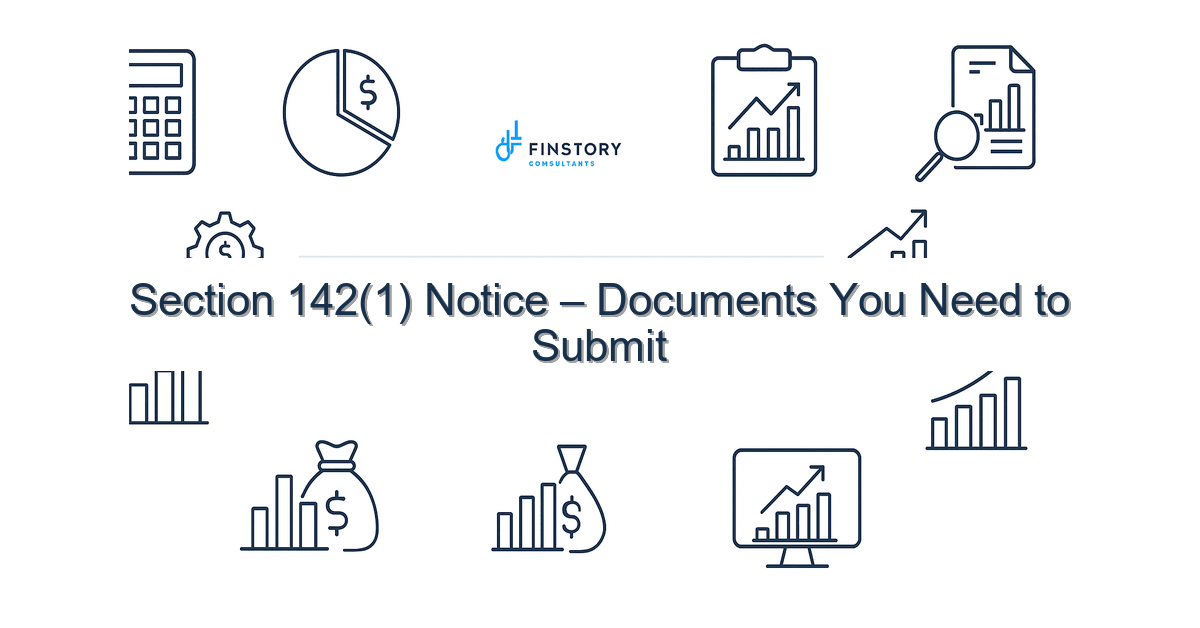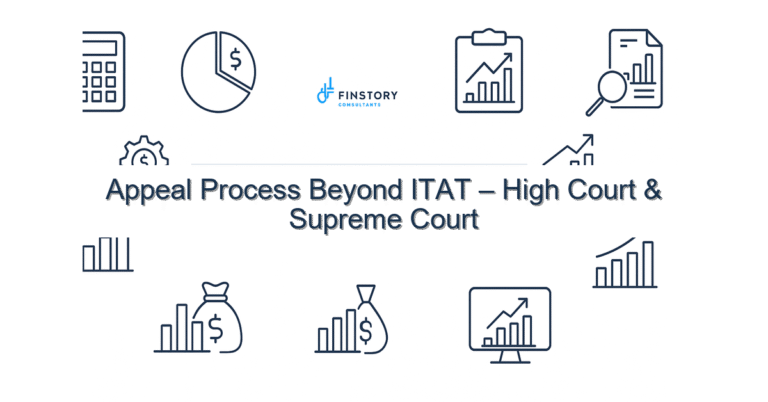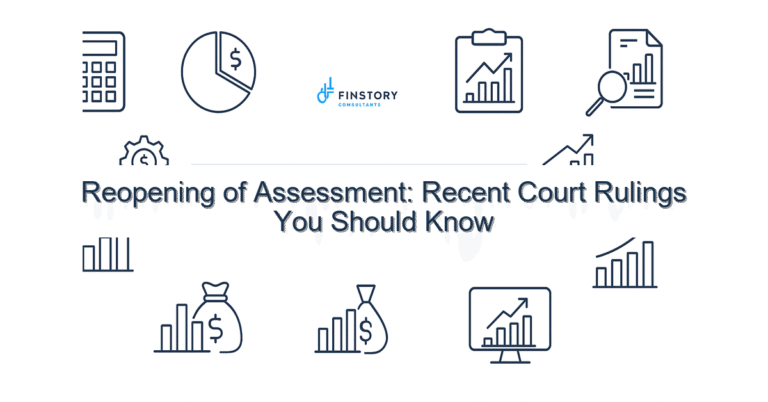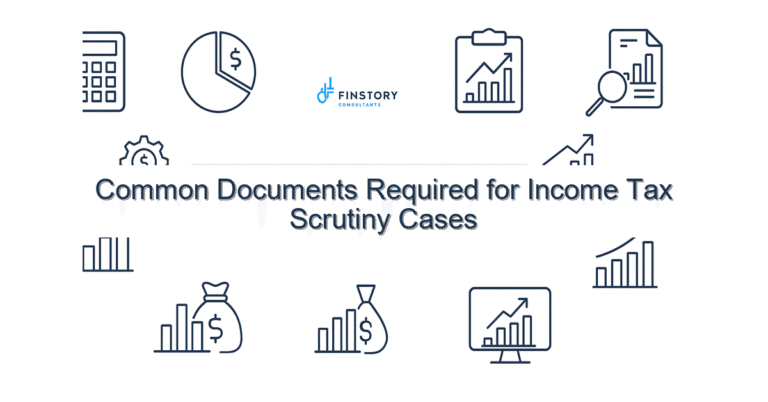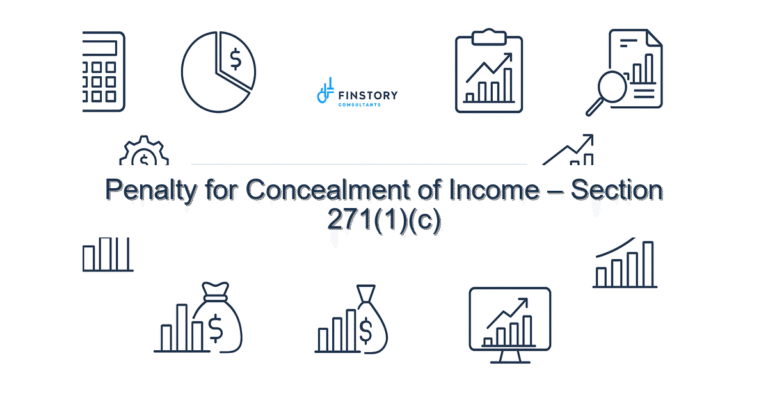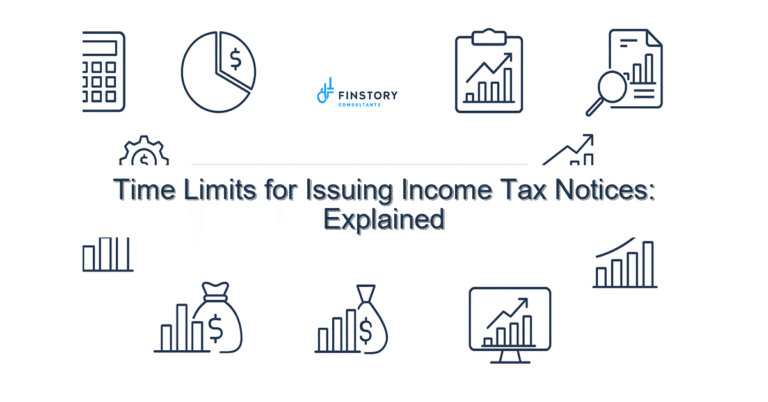Section 142(1) Notice – Documents You Need to Submit
Getting a Section 142(1) notice can feel alarming — especially if tax jargon and deadlines are running through your head. Whether you are a salaried employee, a professional, a founder or run an MSME, this is a solvable compliance issue with the right documents and approach.
Summary: A Section 142(1) notice is a routine inquiry by the assessing officer asking for documents or information. Responding on time with the right documents — bank statements, AIS/26AS cross-checks, proof of investments (Section 80C limit), invoices for business expenses, and details of capital gains with indexation — reduces risk and often closes the case without further escalation.
What’s the real problem in India?
The Income Tax department issues Section 142(1) notices to clarify discrepancies in the return or to request supporting documents before assessment. For taxpayers across AY/PY cycles, these notices are part of the CBDT timelines and the officer expects specific records — not essays. Missing or inconsistent documents, mismatches with TDS/TCS credits, and delayed responses escalate inquiries into assessments or penalties.
- Mismatch between ITR and AIS/26AS or Form 16/16A
- Unverified income like capital gains without proper computation (capital gains indexation) or missing sale documents
- Business expense claims lacking invoices or GST invoices for MSMEs/firms
- Late or irrelevant responses after the ITR filing last date or beyond the notice timeline
What people get wrong
- Assuming a notice is automatically a ‘problem’ — many are clarificatory, not punitive.
- Sending incomplete or unorganized documents (e.g., bank PDF dumps without a summary) that frustrate the assessing officer.
- Ignoring TDS/TCS mismatches: credits in AIS/26AS must reconcile with Form 16/16A and your books.
- Not explaining choice of tax regime — new vs old regime slabs selections or claimed deductions like Section 80C limit without proof.
- Delaying engagement; missing the timeline often leads to summons under Section 131 or penalties.
A better approach
Respond with clarity and evidence. Use a simple 4-step framework:
- Identify: Read the notice carefully — note the AY/PY, specific issues raised, and the due date.
- Reconcile: Match AIS/26AS, Form 16/16A, bank statements, and books. Highlight TDS/TCS gaps.
- Document: Gather supporting evidence — signed invoices, rent agreements, capital gains computation with indexation, investment proofs for Section 80C, and reconciliation statements.
- Respond: Submit a concise cover letter with a table of documents attached. If additional time is needed, request an extension promptly citing reasonable cause.
Short story: A Bangalore-based founder received a 142(1) notice for AY 2022–23 over missing TDS credits. After preparing a 2-page reconciliation between AIS/26AS and bank receipts and attaching Form 16B copies, the case closed in 10 days without further action — turnaround cost: one professional review and two hours of document collation.
Quick implementation checklist
- Copy of the 142(1) notice and acknowledgment of receipt
- ITR copy filed for the relevant AY/PY and tax computation summary [link:ITR guide]
- AIS/26AS for the relevant financial year and Form 26QB/16/16A as applicable
- Bank statements and reconciliations for the period in question
- Invoices, GST returns, and payment proofs for business expenses (MSMEs)
- Purchase/sale deeds, contract notes, proof of cost and sale proceeds for capital gains (with indexation working)
- Proofs for deductions claimed (Section 80C limit investments, insurance, tuition, etc.)
- Concise cover letter or response statement with a document index
- Power of Attorney or authorization letter if an agent/CA files on your behalf
- Digital copies in PDF with bookmarked sections and a spreadsheet reconciliation
What success looks like
- Notice closed without further queries or assessments
- No demand notice or substantially reduced tax demand after reconciliation
- No interest or penalty because response was timely and complete
- Clear record of reconciliation between AIS/26AS and reported income
- Retention of supporting documents in an organised folder for future AY/PY audits
Risks & how to manage them
Ignoring a notice or providing inconsistent documents increases risk of assessment, penalties, and prolonged litigation. Manage risk by responding within the timeline, keeping transparent reconciliations, and using professional help for disputed items. If you can’t produce a document, provide a credible explanation and secondary evidence (bank entries, correspondence, receipts).
Tools & data
- Income tax portal downloads: AIS/26AS, ITR acknowledgement, and notice PDFs
- Accounting software exports for MSMEs (invoice registers, ledger statements)
- Bank statements and UPI/NEFT screenshots for payment proof
- Capital gains calculator with indexation for computing long-term gains
- Checklist template and response cover letter (PDF)
Next steps
If you’ve just received a Section 142(1) notice, don’t panic. Gather the items on the checklist, reconcile AIS/26AS with your records, and prepare a short, fact-based response. If you’d like help organising documents, drafting the reply, or negotiating with the assessing officer, Finstory can help — especially for complex cases involving TDS/TCS mismatches, capital gains indexation or disputes over claims like Section 80C limit.
Work with Finstory. Speak with an Expert for a personalised plan to reduce your tax outgo and stay compliant. Book a free 20‑min consultation.
📞 Need help with Income Tax in India?
Book a 20-min consultation with our tax team. Individuals, founders & MSMEs welcome.
Prefer email or phone? Write to info@finstory.net
or call +91 44-45811170.
